Insecticides
Insecticides refer a class of agents with the capability of poisoning and killing insects which causes damage to the crops, fruit trees, trees, vegetables, warehousing and sanitation as well as both the external and internal parasite in livestock and poultry.
Insecticides can be divided into two categories bio-sources and chemical synthesis.
Biological insecticides include:
1. formulation with the active insecticidal ingredients extracted from higher plants such as natural pyrethrin, rotenone, etc;
2. Insecticides made from the living microorganisms, mainly including three categories: fungi (e.g. Beauveria bassiana), bacteria (Bacillus subtilis) and viruses (such as bacillus cereus);
3. Physiologically active substances of insect such as pheromones and so on;
Synthetic chemical Insecticides mainly include: inorganic Insecticides (such as arsenic trioxide As2O3, Na2SiF6, sodium fluoride silicate, etc.), organochlorine Insecticides (such as chlordane, BHC, DDT, toxaphene, etc.), organic phosphorus Insecticides (such as dichlorvos, trichlorfon, dimethoate, malathion and fenitrothion, etc.), carbamate Insecticides (such as carbaryl and metolcarb, etc.) and pyrethroid insecticides agents (such as fenvalerate and cypermethrin, etc.).
Toxicity of insecticides against pests mainly through the following mechanisms:
1. contact-killing agent and penetrate through the skin of the pests to enter into the body to exert its effect, causing poisoning and death of the pests.
2. stomach poisoning agent can cause the death of the pests after being eaten by pests and further directly absorption through the gastrointestinal tract;
3. some fumigation drugs has a big volatility with its vapor entering into the body of the pests through the respiratory tract, leading to the poisoning and death of the pests;
4. systematic drugs is first absorbed by the crops and transmitted throughout the whole plant; when the pests eat or suck the crops, it is poisoned and dead.
For example, pyrethroids have a strong contact-killing effect with fenitrothion and carbaryl having contact-killing and stomach poisoning effect. For dimethoate, 1059, etc, in addition the contact-killing action, the more prominent is the suction effect. The application of Insecticides is a modern technology for controlling pests with advantages of being convenient, rapid, highly efficient and economic. Over the last decade, in addition to the application of species (for example, pyrethroid insecticides) that is highly efficient, low toxic and causes small environmental pollution, new varies including the microbial insecticides, insect growth regulator, insect behavior control agents have also been developed and gotten applications.
Insecticides have certain biological activity against insect, people with more or less toxicity on human, livestock and other animals (see toxicity Insecticides). This toxicity is divided into acute and chronic toxicity.
Acute toxicity means single-time oral administration, skin contact or ingestion breathe of certain dose of Insecticides that can cause acute toxicity pathological response in a short time. Acute oral toxicity, although is the most important in the acute toxicity but the production poisoning, skin contact or respiration intake upon application of Insecticides is often more important.
Chronic toxicity refers to the toxicity upon long-term continuous consumption, contact or inhalation of Insecticide at a dose that is lower than the dose causing acute poisoning, thus leading to chronic pathological reaction. The most noteworthy risk upon chronic toxicity is the risk of teratogenic, mutagenic and carcinogenic.
Some varieties of organochlorine Insecticides can be accumulated in the human body, resulting in cumulative poisoning; some organophosphate Insecticides, instead, has delayed neurotoxicity, which belongs to chronic toxicity.
After the application of Insecticides, most of them will be degraded into non-toxic substance under the influence of various kinds of physical, chemical and biological factors. However, within a certain time, there are still traces of the Insecticides residues in agricultural products and the environment, including soil, water, atmospheric and other animals and plants. These residual insecticides may also cause potential harm on human, animal or other animals. In agriculture and livestock products, upon excessive residues of Insecticides, it may also affect the human health in the case of long-term consumption. With the progress of science and technology, the understanding of the toxicity of the Insecticide has been also getting deepened. For example, some varieties of conventional Insecticides may be considered as “low toxic” from the perspective of acute toxicity; however, later it was found that itself, or the impurities during the process of original drug production as well as its metabolites has certain chronic toxicity, and thereby has been banned and eliminated. Toxicity issue is a difficult point during the process of studying and development of new kinds of Insecticides. Chronic toxicity has been become the key issue about whether the current Insecticides species can continue to be used.
- Structure:
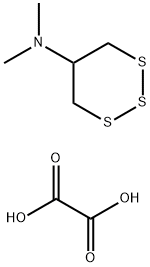
- Chemical Name:Thiocyclam hydrogen oxalate
- CAS:31895-22-4
- MF:C7H13NO4S3
- Structure:
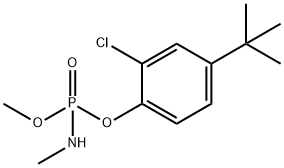
- Chemical Name:CRUFOMATE
- CAS:299-86-5
- MF:C12H19ClNO3P
- Structure:
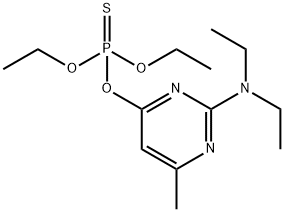
- Chemical Name:Pirimiphos ethyl
- CAS:23505-41-1
- MF:C13H24N3O3PS
- Structure:
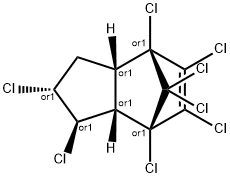
- Chemical Name:TRANS-CHLORDANE
- CAS:5103-74-2
- MF:C10H6Cl8
- Structure:
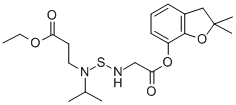
- Chemical Name:BENFURACARB
- CAS:82560-54-1
- MF:C20H30N2O5S
- Structure:
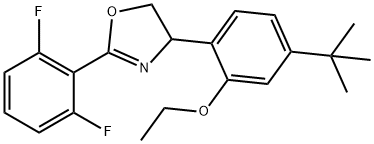
- Chemical Name:ETOXAZOLE
- CAS:153233-91-1
- MF:C21H23F2NO2
- Structure:
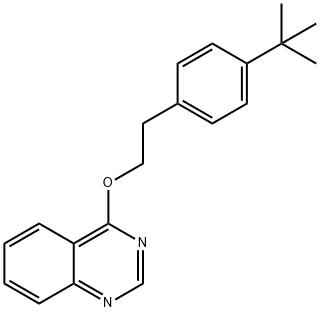
- Chemical Name:Fenazaquin
- CAS:120928-09-8
- MF:C20H22N2O
- Structure:
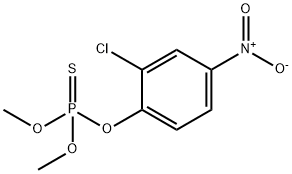
- Chemical Name:DICAPTHON
- CAS:2463-84-5
- MF:C8H9ClNO5PS
- Structure:
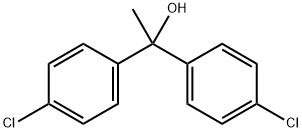
- Chemical Name:4,4'-DICHLORO-ALPHA-METHYLBENZHYDROL
- CAS:80-06-8
- MF:C14H12Cl2O
- Structure:
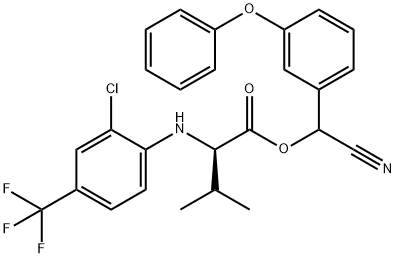
- Chemical Name:Tau-fluvalinate
- CAS:102851-06-9
- MF:C26H22ClF3N2O3
- Structure:
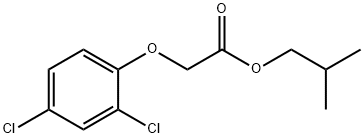
- Chemical Name:Isobutyl 2,4-dichlorophenoxyacetate
- CAS:1713-15-1
- MF:C12H14Cl2O3
- Structure:
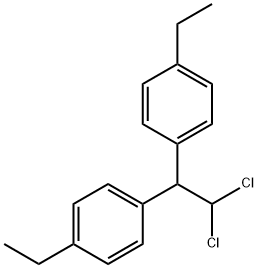
- Chemical Name:PERTHANE (TM)
- CAS:72-56-0
- MF:C18H20Cl2
- Structure:
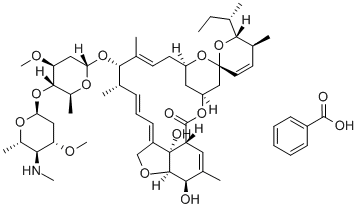
- Chemical Name:Emamectin
- CAS:119791-41-2
- MF:C49H77NO13
- Structure:
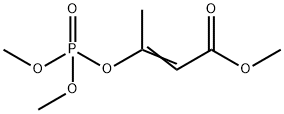
- Chemical Name:MEVINPHOS
- CAS:7786-34-7
- MF:C7H13O6P
- Structure:
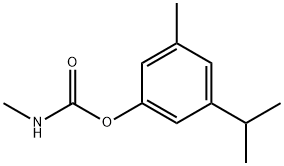
- Chemical Name:PROMECARB
- CAS:2631-37-0
- MF:C12H17NO2
- Structure:
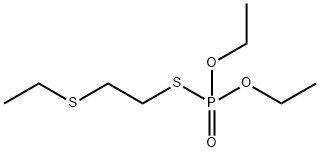
- Chemical Name:DEMETON S
- CAS:126-75-0
- MF:C8H19O3PS2
- Structure:

- Chemical Name:8,10-DODECADIEN-1-OL
- CAS:33956-49-9
- MF:C12H22O
- Structure:
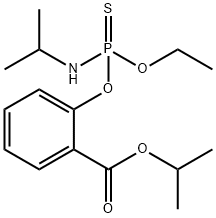
- Chemical Name:ISOFENPHOS
- CAS:25311-71-1
- MF:C15H24NO4PS
- Structure:
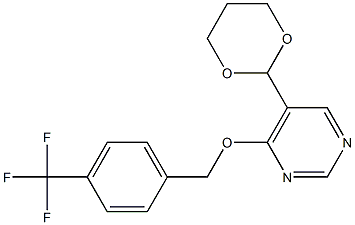
- Chemical Name:Benzpyrimoxan
- CAS:1449021-97-9
- MF:C16H15F3N2O3
- Structure:
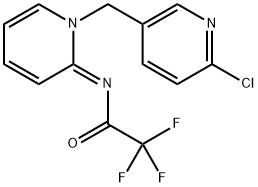
- Chemical Name:Flupyrimin
- CAS:1689566-03-7
- MF:C13H9ClF3N3O
- Chemical Name:Emamectin B1 Benzoate
- CAS:
- MF:C56H81NO15
- Structure:
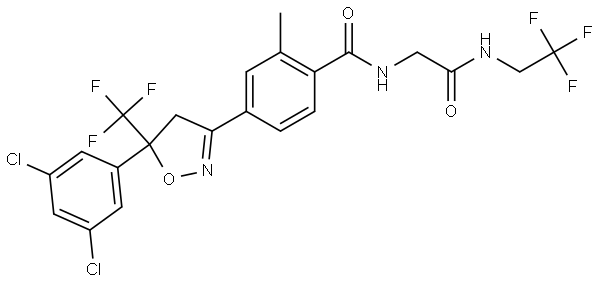
- Chemical Name:Fluralaner
- CAS:864731-61-3
- MF:C22H17Cl2F6N3O3
- Structure:
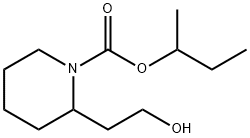
- Chemical Name:sec-Butyl 2-(2-hydroxyethyl)piperidine-1-carboxylate
- CAS:119515-38-7
- MF:C12H23NO3
- Structure:
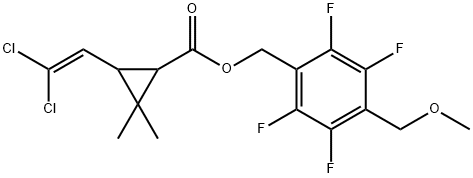
- Chemical Name:meperfluthrin
- CAS:352271-52-4
- MF:C17H16Cl2F4O3
- Structure:

- Chemical Name:Abamectin
- CAS:71751-41-2
- MF:C49H74O14
- Chemical Name:Pyrithione
- CAS:
- MF:
- Structure:
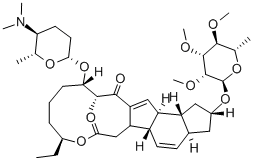
- Chemical Name:SPINOSAD
- CAS:131929-60-7
- MF:C41H65NO10
- Structure:
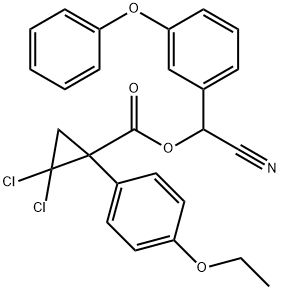
- Chemical Name:CYCLOPROTHRIN
- CAS:63935-38-6
- MF:C26H21Cl2NO4
- Structure:
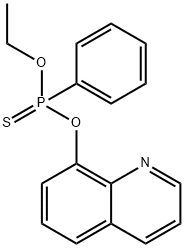
- Chemical Name:QUINTIOPHOS
- CAS:1776-83-6
- MF:C17H16NO2PS
- Structure:
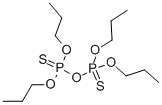
- Chemical Name:ASPON (TM)
- CAS:3244-90-4
- MF:C12H28O5P2S2
- Structure:
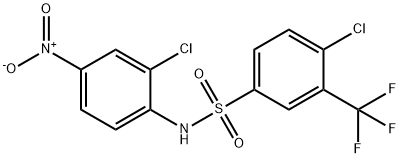
- Chemical Name:FLUSULFAMIDE
- CAS:106917-52-6
- MF:C13H7Cl2F3N2O4S
- Structure:
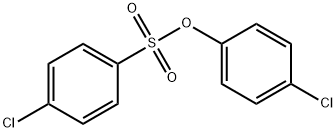
- Chemical Name:OVEX
- CAS:80-33-1
- MF:C12H8Cl2O3S
- Structure:
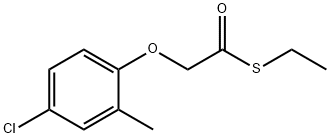
- Chemical Name:MCPA-THIOETHYL
- CAS:25319-90-8
- MF:C11H13ClO2S
- Structure:
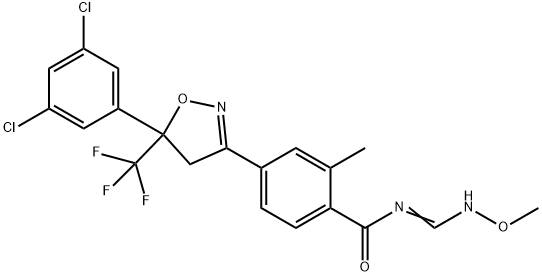
- Chemical Name:Fluxametamide
- CAS:928783-29-3
- MF:C20H16Cl2F3N3O3
- Structure:
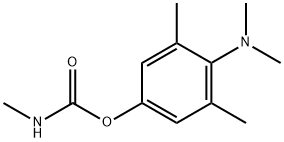
- Chemical Name:ZECTRAN
- CAS:315-18-4
- MF:C12H18N2O2
- Structure:
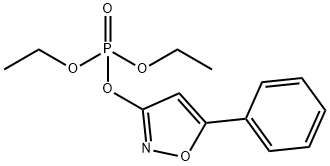
- Chemical Name:ISOXATHION OXON
- CAS:32306-29-9
- MF:C13H16NO5P
- Structure:
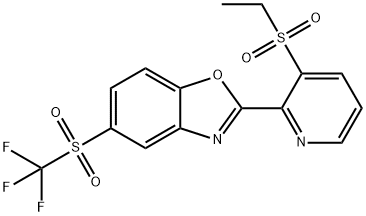
- Chemical Name:Oxazosulfyl
- CAS:1616678-32-0
- MF:C15 H11 F3 N2 O5 S2
- Structure:
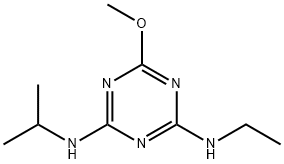
- Chemical Name:ATRATON
- CAS:1610-17-9
- MF:C9H17N5O
- Structure:

- Chemical Name:phosphocarb
- CAS:
- MF:H3P
- Structure:
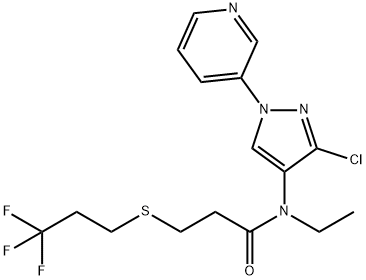
- Chemical Name:tyclopyrazoflor
- CAS:1477919-27-9
- MF:C16H18ClF3N4OS
- Structure:
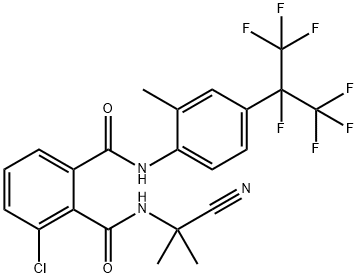
- Chemical Name:Cyhalodiamide
- CAS:1262605-53-7
- MF:C22H17ClF7N3O2
- Structure:

- Chemical Name:(Z)-8-DODECEN-1-YL ACETATE
- CAS:28079-04-1
- MF:C14H26O2
- Structure:
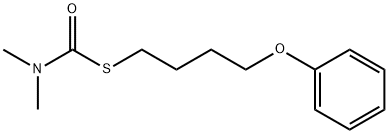
- Chemical Name:FENOTHIOCARB
- CAS:62850-32-2
- MF:C13H19NO2S
- Structure:

- Chemical Name:FLONICAMID
- CAS:
- MF:C9H6F3N3O
- Structure:
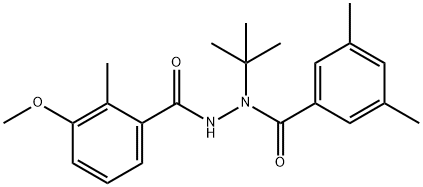
- Chemical Name:METHOXYFENOZIDE
- CAS:161050-58-4
- MF:C22H28N2O3
- Structure:
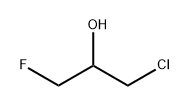
- Chemical Name:1-CHLORO-3-FLUOROISOPROPANOL
- CAS:453-11-2
- MF:C3H6ClFO
- Structure:
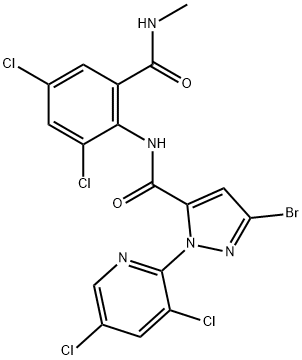
- Chemical Name:Tetrachlorantraniliprole
- CAS:1104384-14-6
- MF:C17H10BrCl4N5O2
- Structure:
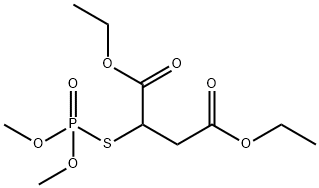
- Chemical Name:MALAOXON
- CAS:1634-78-2
- MF:C10H19O7PS
- Structure:

- Chemical Name:Temephos
- CAS:3383-96-8
- MF:C16H20O6P2S3
- Structure:
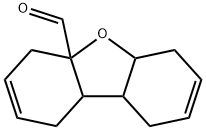
- Chemical Name:MGK 11
- CAS:126-15-8
- MF:C13H16O2
- Structure:
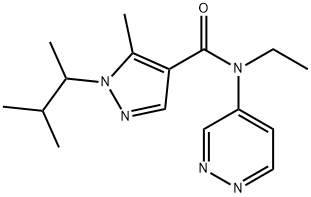
- Chemical Name:Dimpropyridaz
- CAS:1403615-77-9
- MF:C16H23N5O
- Structure:
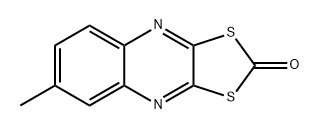
- Chemical Name:Chinomethionate
- CAS:2439-01-2
- MF:C10H6N2OS2
- Structure:
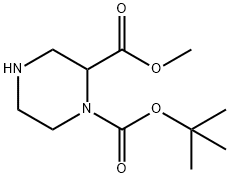
- Chemical Name:N-Boc-piperazine-2-carboxylic acid methyl ester
- CAS:129799-15-1
- MF:C11H20N2O4
- Structure:
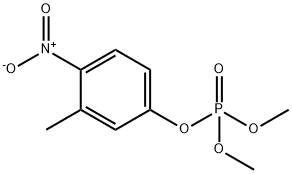
- Chemical Name:FENITROTHION-O-ANALOG
- CAS:2255-17-6
- MF:C9H12NO6P
- Structure:
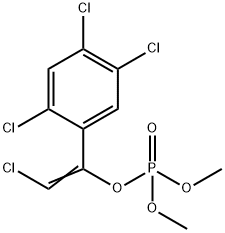
- Chemical Name:Tetrachlorvinphos
- CAS:961-11-5
- MF:C10H9Cl4O4P
- Structure:
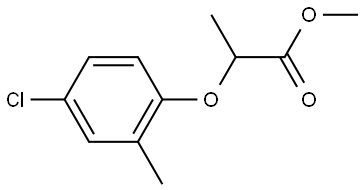
- Chemical Name:MECOPROP METHYL ESTER
- CAS:23844-56-6
- MF:C11H13ClO3
- Structure:
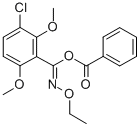
- Chemical Name:Benzoximate
- CAS:29104-30-1
- MF:C18H18ClNO5
- Structure:
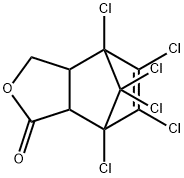
- Chemical Name:ENDOSULFAN LACTONE
- CAS:3868-61-9
- MF:C9H4Cl6O2
- Structure:

- Chemical Name:HALFENPROX
- CAS:111872-58-3
- MF:C24H23BrF2O3
- Structure:
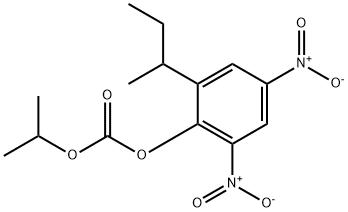
- Chemical Name:DINOBUTON
- CAS:973-21-7
- MF:C14H18N2O7
- Structure:
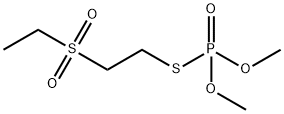
- Chemical Name:DEMETON-S-METHYL SULFONE
- CAS:17040-19-6
- MF:C6H15O5PS2
- Structure:
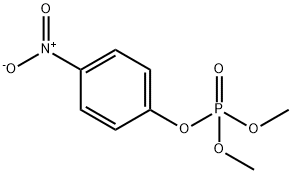
- Chemical Name:DIMETHYL-P-NITROPHENYLPHOSPHATE
- CAS:950-35-6
- MF:C8H10NO6P
- Structure:

- Chemical Name:MECOPROP D3
- CAS:352431-15-3
- MF:C10H8ClD3O3
- Structure:

- Chemical Name:CROTOXYPHOS
- CAS:7700-17-6
- MF:C14H19O6P
- Structure:

- Chemical Name:Ethyl 2-(4-phenoxyphenoxy)ethylcarbamate
- CAS:72490-01-8
- MF:C17H19NO4
- Structure:
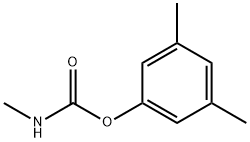
- Chemical Name:XMC
- CAS:2655-14-3
- MF:C10H13NO2
- Structure:
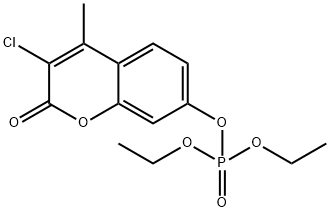
- Chemical Name:COUMAPHOS-OXON
- CAS:321-54-0
- MF:C14H16ClO6P
- Structure:
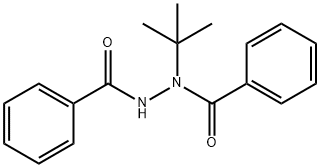
- Chemical Name:1,2-DIBENZOYL-1-(T-BUTYL)HYDRAZINE
- CAS:112225-87-3
- MF:C18H20N2O2
- Structure:

- Chemical Name:cm-s2957
- CAS:60238-56-4
- MF:C11H15Cl2O3PS2
- Structure:
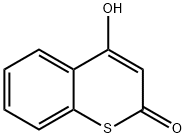
- Chemical Name:4-Hydroxylthiocoumarin
- CAS:16854-67-4
- MF:C9H6O2S
- Structure:
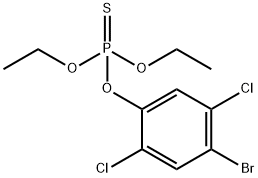
- Chemical Name:BROMOPHOS-ETHYL
- CAS:4824-78-6
- MF:C10H12BrCl2O3PS
- Structure:
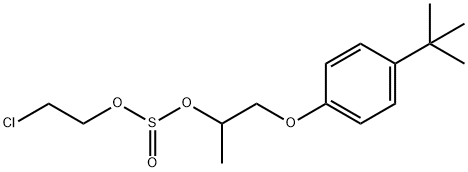
- Chemical Name:ARAMITE
- CAS:140-57-8
- MF:C15H23ClO4S
- Structure:
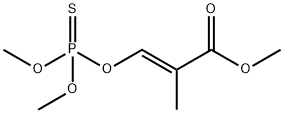
- Chemical Name:METHACRIFOS
- CAS:62610-77-9
- MF:C7H13O5PS
- Structure:

- Chemical Name:CIS-PERMETHRIN
- CAS:61949-76-6
- MF:C21H20Cl2O3
- Structure:
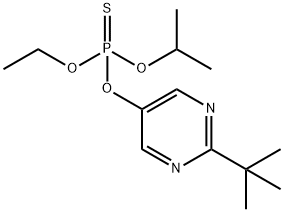
- Chemical Name:TEBUPIRIMFOS
- CAS:96182-53-5
- MF:C13H23N2O3PS
- Structure:
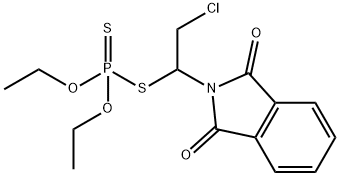
- Chemical Name:DIALIFOS
- CAS:10311-84-9
- MF:C14H17ClNO4PS2
- Structure:
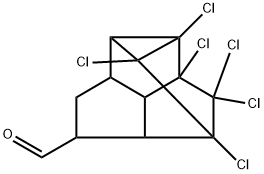
- Chemical Name:ENDRIN ALDEHYDE
- CAS:7421-93-4
- MF:C12H8Cl6O
- Structure:

- Chemical Name:STROBANE (TM)
- CAS:8001-50-1
- MF:C10H9Cl7
- Structure:
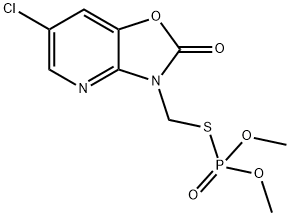
- Chemical Name:Azamethiphos
- CAS:35575-96-3
- MF:C9H10ClN2O5PS
- Structure:
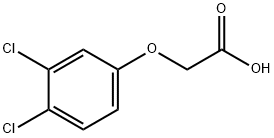
- Chemical Name:3,4-D
- CAS:588-22-7
- MF:C8H6Cl2O3
- Structure:
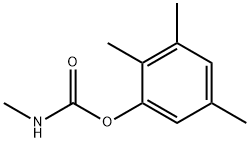
- Chemical Name:2,3,5-TRIMETHACARB
- CAS:2655-15-4
- MF:C11H15NO2
- Structure:

- Chemical Name:2,4-D 2-ETHYLHEXYL ESTER
- CAS:1928-43-4
- MF:C16H22Cl2O3
- Structure:
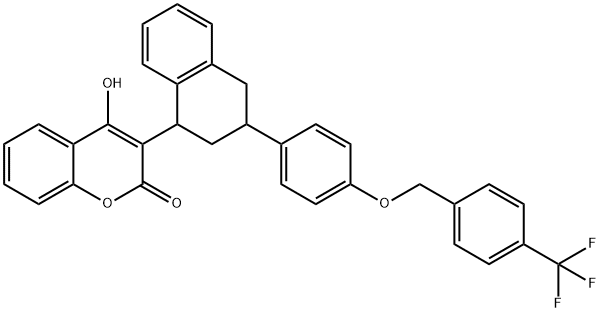
- Chemical Name:Flocoumafen
- CAS:90035-08-8
- MF:C33H25F3O4
- Structure:
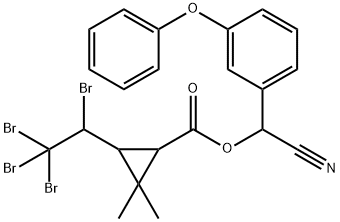
- Chemical Name:TRALOMETHRIN
- CAS:66841-25-6
- MF:C22H19Br4NO3
- Structure:
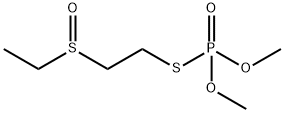
- Chemical Name:Oxydemeton-methyl
- CAS:301-12-2
- MF:C6H15O4PS2
- Structure:
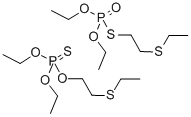
- Chemical Name:DEMETON
- CAS:8065-48-3
- MF:C8H19O3PS2.C8H19O3PS2
- Structure:
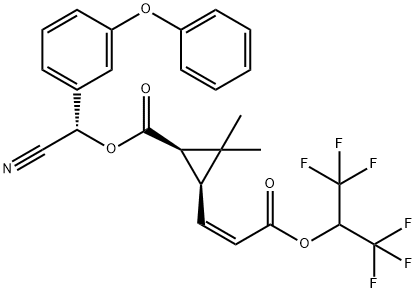
- Chemical Name:ACRINATHRIN
- CAS:101007-06-1
- MF:C26H21F6NO5
- Structure:

- Chemical Name:HYDROGEN CYANIDE
- CAS:74-90-8
- MF:CHN
- Structure:
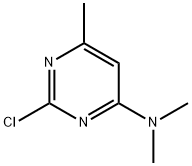
- Chemical Name:CRIMIDINE
- CAS:535-89-7
- MF:C7H10ClN3
- Structure:
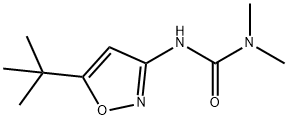
- Chemical Name:ISOURON
- CAS:55861-78-4
- MF:C10H17N3O2
- Structure:
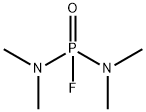
- Chemical Name:DIMEFOX
- CAS:115-26-4
- MF:C4H12FN2OP
- Chemical Name:Bacillus thuringiensis
- CAS:68038-71-1
- MF:C22H32N5O16P
- Structure:
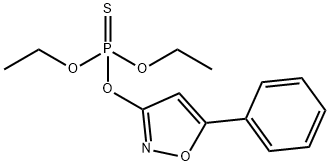
- Chemical Name:ISOXATHION
- CAS:18854-01-8
- MF:C13H16NO4PS
- Structure:

- Chemical Name:Butoxyethyl (2,4-dichlorophenoxy)acetate
- CAS:1929-73-3
- MF:C14H18Cl2O4
- Structure:

- Chemical Name:2-HYDROXYETHYL-N-OCTYL SULPHIDE
- CAS:3547-33-9
- MF:C10H22OS
- Structure:

- Chemical Name:2,4,5-T BUTOXYETHYL ESTER
- CAS:2545-59-7
- MF:C14H17Cl3O4
- Structure:

- Chemical Name:5-(2-Chloro-4-(trifluoro-methyl)phenoxy)-2-nitro-benzoic acid sodium salt
- CAS:62476-59-9
- MF:C14H6ClF3NNaO5
- Structure:
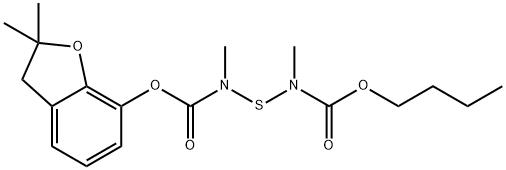
- Chemical Name:Furathiocarb
- CAS:65907-30-4
- MF:C18H26N2O5S
- Structure:
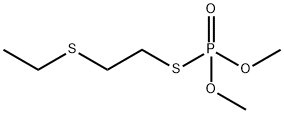
- Chemical Name:DEMETON-S-METHYL
- CAS:919-86-8
- MF:C6H15O3PS2
- Structure:
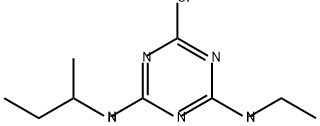
- Chemical Name:SEBUTHYLAZINE
- CAS:7286-69-3
- MF:C9H16ClN5